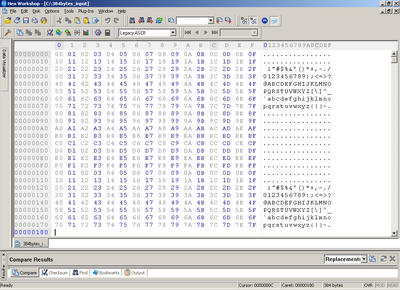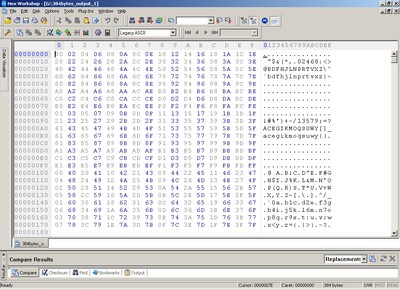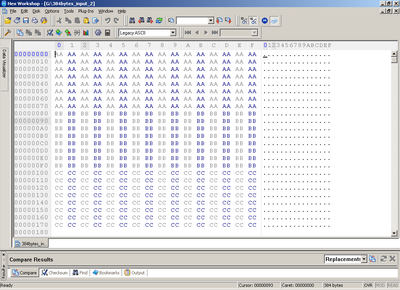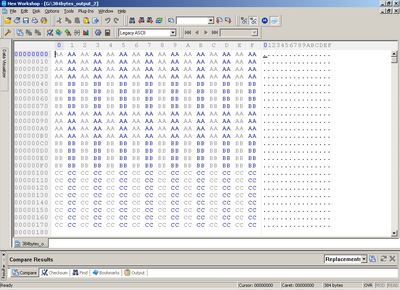Reply 40 of 377, by mattw
@Cloudschatze
thanks for another idea about the potential encoding/packing/compression they are using. in the attachment here:
Re: About Roland Virtual Sound Canvas 3
in "ramdump.bin" (after "CM-64/32L.ME" data sequence), there are few unpacked samples.
I am working on finding the data that correspond to them in a "packed" form. if I succeed that maybe will shed more light on the exact encoding/packing/compression that is used.



